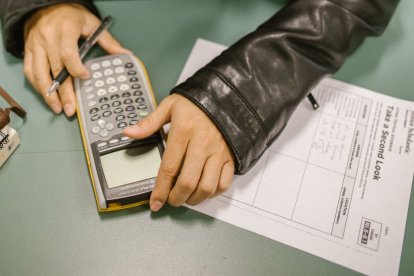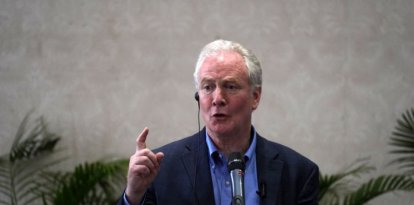Despite SCOTUS ruling against student loan forgiveness, Biden administration will forgive $39 billion in student debt
The Department of Education announces a new student loan interest repayment program based on income and family size.

(Pexels)
The Biden administration responded with facts to the Supreme Court's "no" vote on its student debt forgiveness plan. The Department of Education announced the launch of the Saving on a Valuable Education (SAVE) program, which will forgive nearly $39 billion in student debt and help 804,000 students. The initiative bases monthly loan installment calculations on borrowers' income and household size.
"Fixing past administrative failures"
Secretary of Education, Miguel Cardona, said the new program fixes "past administrative failures." "For far too long, borrowers fell through the cracks of a broken system that failed to keep accurate track of their progress towards forgiveness."
As the Department of Education explained in a statement, "The SAVE plan will cut payments on undergraduate loans in half compared to other IDR plans, ensure that borrowers never see their balance grow as long as they keep up with their required payments, and protect more of a borrower’s income for basic needs. Under the Saving on a Valuable Education (SAVE) plan, a single borrower who makes less than $15 an hour will not have to
make any payments. Borrowers earning above that amount would save more than $1,000 a year on
their payments compared to other IDR plans."
New benefits
In addition, this initiative offers other benefits to students:
1- Raise the income threshold from 150% of the poverty line to 225%, thereby reducing payments for low-income borrowers.
2- Reduce interest rates on loans by half (from 10% to 5%).
3- Borrowers will not have to pay interest that accrues in a month beyond what their monthly payment covers.
SCOTUS failure
On June 30, the Supreme Court ruled against President Biden's student debt forgiveness plan. The majority of the judges (6-3) ruled that the President and the Secretary of Education did not have the necessary powers to implement this measure. Now, the Executive Branch is basing its new approach on the Higher Education Act of 1965 and the Administrative Procedure Act.
RECOMMENDATION





















